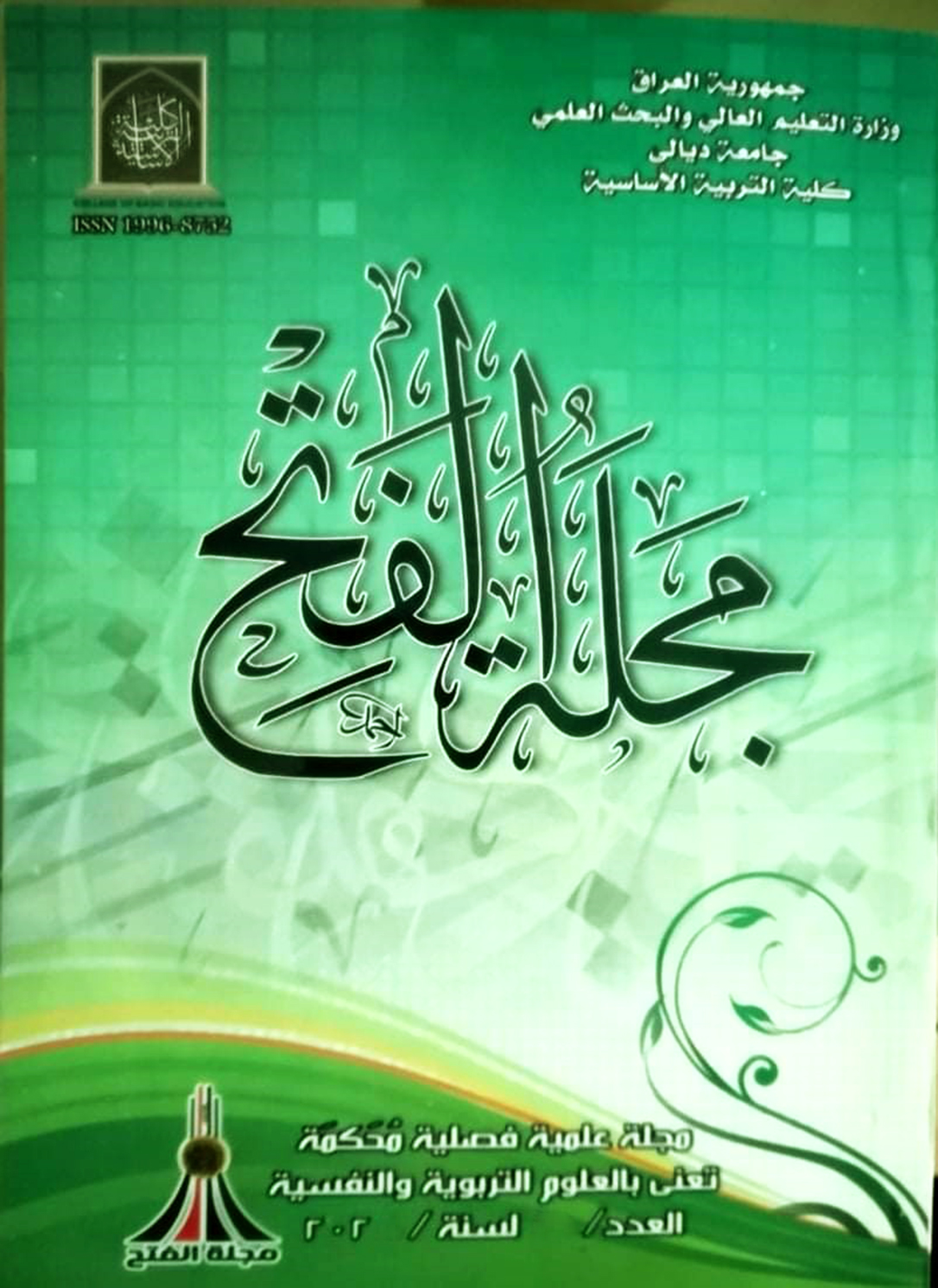A Semantic Analysis of Homonyms, Heteronyms & allonyms With Some Reference to Word Net
Keywords:
Homonyms, HeteronymsAbstract
This research explains how the terminological (lexicographic or semantic) analysis of concepts contrasts with the conceptual (ornomantic) approach. The two models complement each otherand shold be used together. The onomantic model produces a two- by- two table which identifies a logically necessary fourth concept (here called allonym) which completes the scheme containing homonyms and two types of heteronyms (homographs and homophones). Conventionally, however, only the word- to- meanings paradigm is followed, producing the illogical results generated by this example derived from world net. Some word game enthusiasts enjoy listing homonyms and heteronyms. Their lexicological focus is reflected in virtually all glossaries for special language.. they also follow the orthographic (semantic) paradigm, with only an occasional step towards the logical classification concept, as one see by viewing specialized glossaries. By the way This study is strictly semantic and not onomantic it starts with words and their definitions, as taken from dictionaries. This means that logical problems involving relationships between concepts and the terms used to represent them are not considered, except in the determination of hyponym hierarchs. In short, the "net" in word Net applies only to lexical definitions, not to the under lying logical of relations between concepts. By reversing this semantic model, the onomantic (anasemantic) paradigm permits us to analysis sets of related concepts ask whether or not the existing terminology adequately represents them- where deficiencies are identified, it provokes inquiry into possibility of adding new terms that would permit clear representation of useful but hitherto undesignated concepts. When this analysis reveals that aword is being used in more than one sense and to justify suggested neologisms that could be added. A table is used to identify conceptual relationship, and one bold face word in each cell indicates the word we prefer to use for that concept. Neologisms are underlined to identify them as suggestions not supported by dictionary entire. To illustrate this approach we append a set of terms from word Net data, using homonym/ hypernym, and homography homophone as a starting point. The analysis that follows uses the onomantic approach.
References
Crystal, D(1988) A dictionary of linguistics and phonetics. 2n ed. Basil Blackwell: Association with Adre` Deutch. Palmer, T. R. (1988) Semantics. 2nded. Cambridge: Cambridge University Press. Roach, P. (1988) English Phonetics and Phonology: Apractical Course. Cambridge: Cambridge University Press. Lyons, A (1977) The study of language. London: language. London: Longman. Riggs, F. W.(2005) 'A semantic/ Onomantic Puzzele on Homonyms, Heteronyms and Allonyms' In Homonymy. htm. File: // C: My Documents Homonymy vs Polysemy. Htm: 2005
Downloads
Published
How to Cite
Issue
Section
License
Copyright (c) 2005 https://creativecommons.org/licenses/by/4.0/

This work is licensed under a Creative Commons Attribution 4.0 International License.
حقوق النشر والترخيص
تطبق مجلة الفتح للبحوث التربوية والنفسية ترخيص CC BY (ترخيص Creative Commons Attribution 4.0 International). يسمح هذا الترخيص للمؤلفين بالاحتفاظ بملكية حقوق الطبع والنشر لأوراقهم. لكن هذا الترخيص يسمح لأي مستخدم بتنزيل المقالة وطباعتها واستخراجها وإعادة استخدامها وأرشفتها وتوزيعها ، طالما تم منح الائتمان المناسب للمؤلفين ومصدر العمل. يضمن الترخيص أن المقالة ستكون متاحة على نطاق واسع بقدر الإمكان وأن المقالة يمكن تضمينها في أي أرشيف علمي.
لمزيد من المعلومات، يرجى متابعة الرابط: https://creativecommons.org/licenses/by/4.0/.



